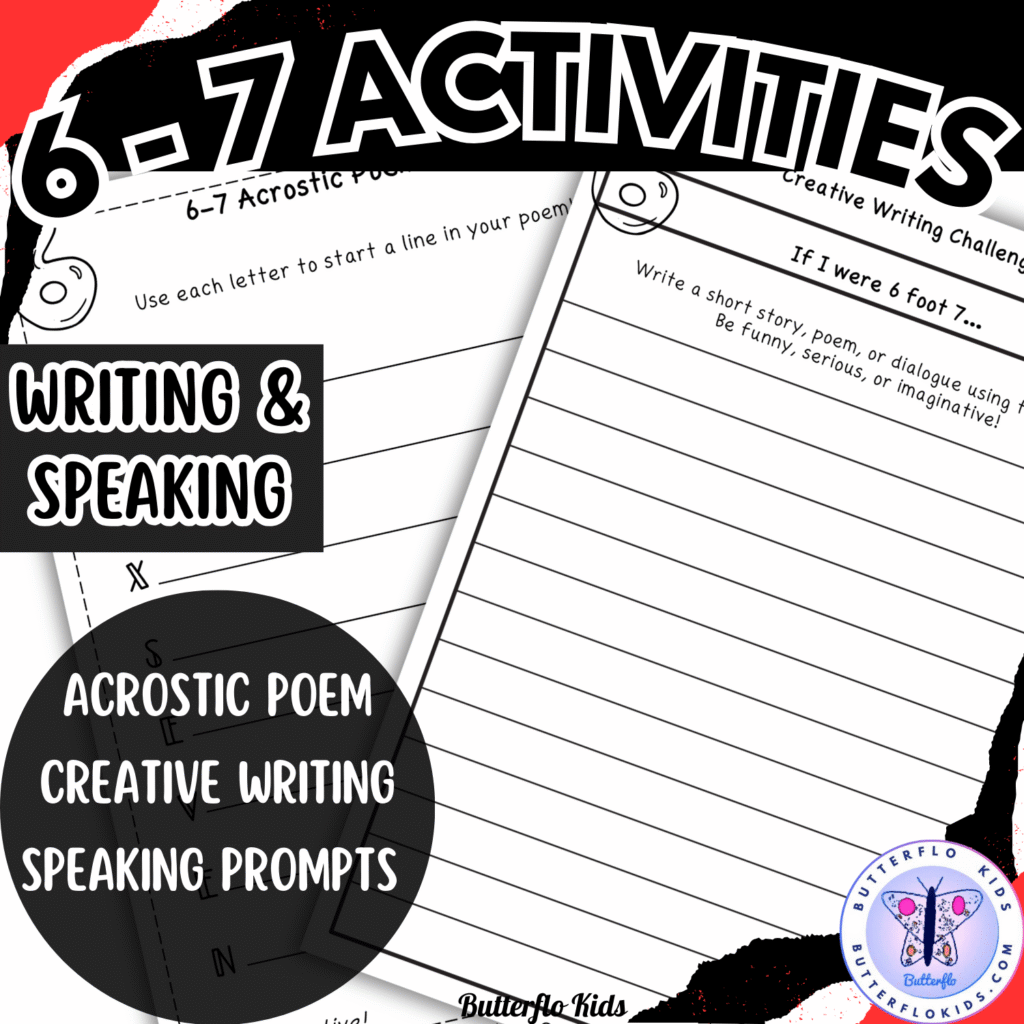Why the “6-7” Trend Became the Biggest Social Media Craze in Schools – Lesson Activities Included
Understanding the Viral Phenomenon That’s Changing Classroom Conversations
If you’re hearing students say “6-7” in your classroom and wondering what on earth they mean, you’re not alone. This viral social media trend has swept through schools faster than any meme we’ve seen before. As teachers, understanding youth culture and internet trends helps us connect with our students and create more engaging lessons.
What Makes “6-7” So Addictive for Kids?
The “6-7” trend exploded across social media platforms because it perfectly combines several elements that appeal to young people:
Simplicity Meets Catchiness
Unlike complex viral dances or complicated challenges, “6-7” is incredibly easy to remember and use. Students can drop it into any conversation, making it accessible to kids of all ages and language abilities. This simplicity makes it perfect for ESL students and English language learners who want to join in trending topics.
The Mystery Factor
Part of the appeal lies in the phrase’s meaninglessness. Students love having insider knowledge about current slang and internet culture that adults don’t understand. This creates a sense of belonging and shared identity among young people.
Perfect Timing and Viral Marketing
The trend launched during December 2024, coinciding with winter break when students had more screen time for social media consumption. The original song “Doot Doot (6 7)” by Skrilla hit at exactly the right moment, spreading through basketball content and sports-related videos before expanding to general meme culture.
Click HERE for this resource.
Why Teachers and Parents Need to Pay Attention
Understanding viral trends like “6-7” isn’t just about staying current with youth slang. These phenomena offer valuable insights into:
- Digital literacy and social media awareness
- Language evolution and informal communication
- Peer influence and cultural transmission
- Creative expression through popular culture
Smart educators can use trending topics as teachable moments for discussions about:
- Media literacy and critical thinking
- The spread of information online
- Creative writing inspiration
- Speaking and listening activities
- Cultural studies and sociological observation
Turning Trends into Teaching Opportunities
Rather than banning or dismissing student interests in viral content, savvy teachers are finding ways to incorporate these trends into meaningful learning experiences. The “6-7” phenomenon offers excellent opportunities for:
Language Arts Activities
- Acrostic poems using trending phrases
- Creative writing challenges inspired by popular culture
- Speaking prompts that connect to student interests
- Discussions about slang, formal vs informal language
- Poetry analysis comparing traditional forms with modern trends
Social Studies Connections
- Examining how information spreads in digital age
- Discussing youth culture and generational differences
- Exploring the role of social media in modern communication
- Analysing marketing and viral content creation
Cross-Curricular Applications
Teachers in mathematics, science, and other subjects can reference current trends to make lessons more relatable whilst maintaining academic rigour.
A Resource for Educators
Recognising the need for practical classroom materials that bridge the gap between student interests and educational content, I’ve created a comprehensive teacher resource focused on the “6-7” trend. This resource includes:
- Clear explanations of what the trend means and why it became popular
- Acrostic poem activity that engage students with familiar content
- Creative writing prompt that spark imagination whilst developing skills
- Speaking and discussion activities perfect for oral language development
The resource is designed specifically for ELA teachers, ESL instructors, and homeschool educators who want to create culturally relevant lessons that connect with their students’ world.
The Educational Value of Staying Current
When teachers understand and acknowledge student interests in viral trends and social media culture, several positive outcomes emerge:
- Increased engagement – Students feel heard and valued when their interests are recognised
- Better classroom relationships – Understanding youth culture helps build rapport
- Authentic learning opportunities – Real-world connections make lessons more meaningful
- Digital citizenship lessons – Trends provide perfect examples for media literacy discussions
- Cultural awareness – Understanding current events and popular culture enriches education
The Next Viral Trend?
The “6-7” phenomenon won’t last forever. New viral content, internet memes, and social media trends will replace it. However, the lesson for educators remains constant: staying informed about youth culture, digital trends, and student interests helps us create more effective, engaging classroom experiences.
By embracing rather than dismissing these cultural moments, teachers can transform viral trends into valuable learning opportunities whilst building stronger connections with their students.
Whether you’re teaching elementary students who are just discovering social media, middle schoolers navigating peer influence, or high school students analysing digital communication, understanding trends like “6-7” gives you powerful tools for creating relevant, engaging education.
Ready to turn this trend into a teaching opportunity? Check out my “6-7” trend resource designed specifically for educators who want to connect with their students through culturally relevant content whilst maintaining high educational standards.

You might also like my Learning English Outside the Classroom









